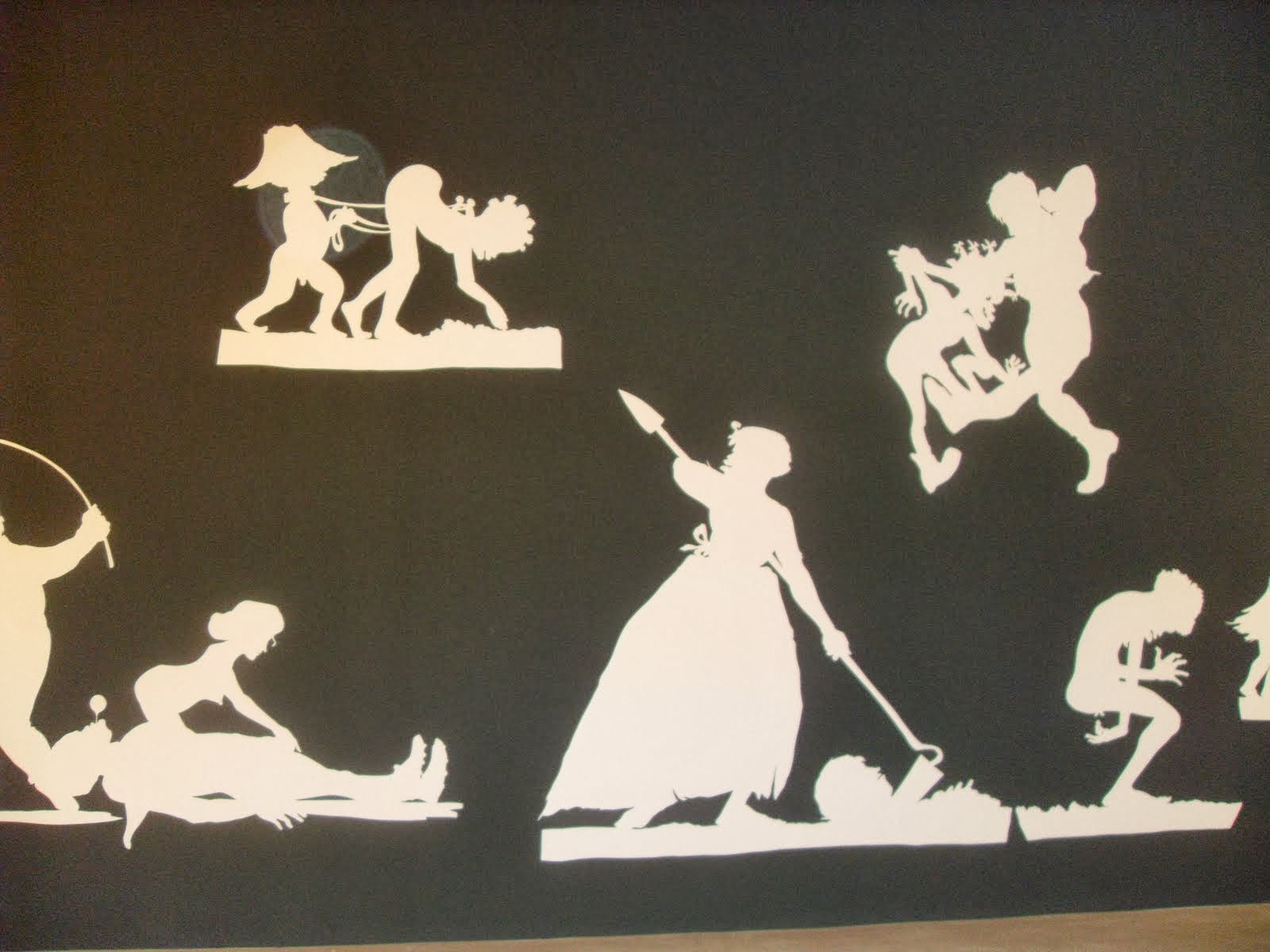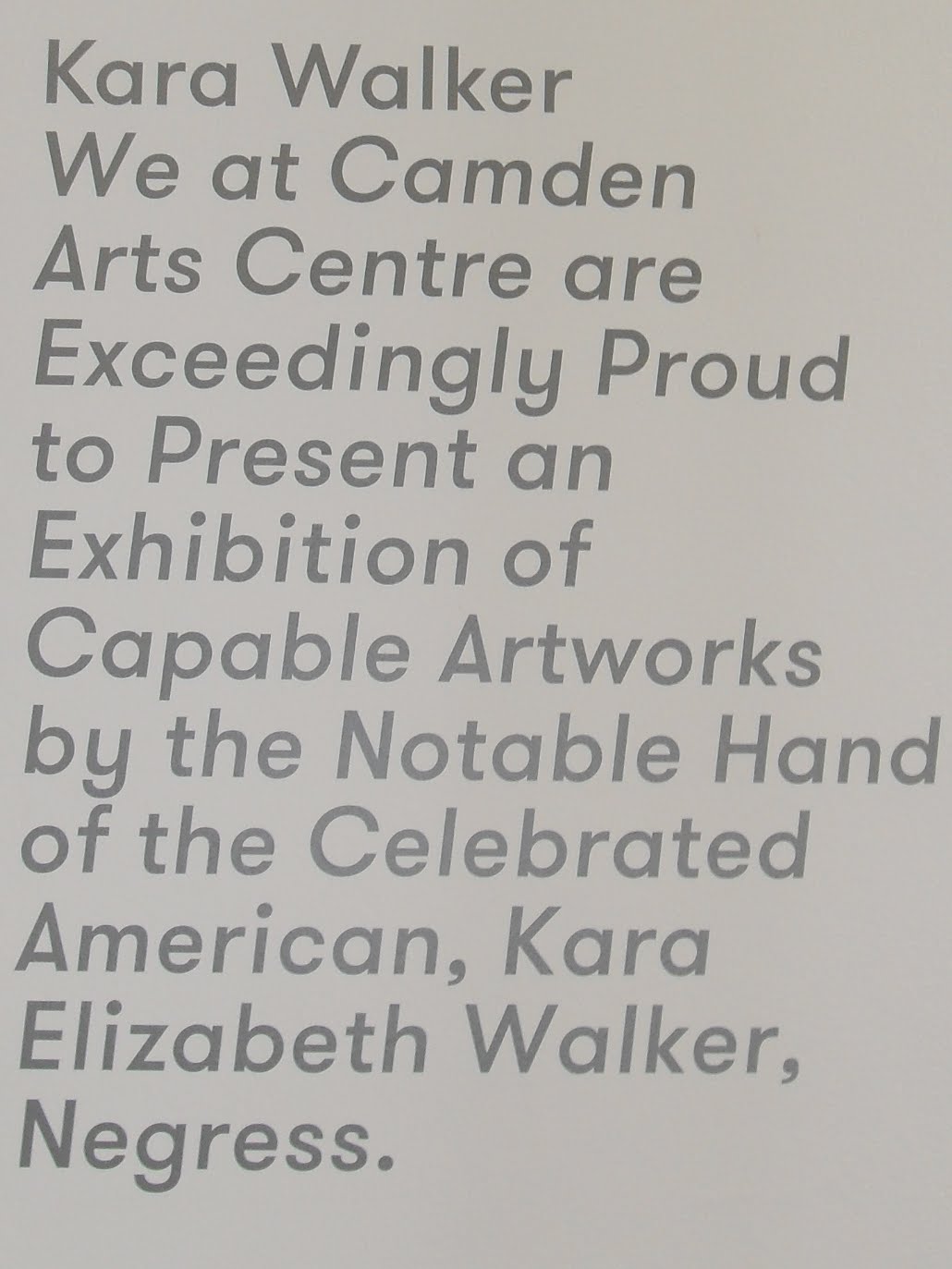The area in and around Bethnal Green Road in Shoreditch, East London, has become so famous for its street art there are now guided tours. I've certainly never seen so much work in a small area - a formerly deprived area which is now achingly trendy (though now too expensive for current trend-setters - the shops, businesses and new appartments are now thoroughly gentrified).
Sunday, 17 November 2013
Frank Bowling's vibrant maps at Hales Gallery
Frank Bowling is a British Guyanese-born artist who has been somewhat neglected in the UK, possibly because he lives in New York a lot of the time. Hales Gallery in Shoreditch is showing three of his "Map Paintings" from 1967-1971, shown in the Whitney Museum of American Art in 1971. His later works are purely abstract, but these are based on maps of the world and reference the Caribbean and the African diaspora, but like his later "poured" paintings they make use of exceptionally vivid colouring and freshness, evocative of his tropical birthplace.
Tuesday, 12 November 2013
Sarah Lucas at Whitechapel Gallery
I went to see the Sarah Lucas retrospective at Whitechapel Gallery, and I still don't know what to make of it. I assume the fact that her art seems to refer exclusively to sex - the anatomy of sex, the performance of sex, the depiction of sex - relates to gender politics in general as well as, presumably, a personal obsession of some kind. She herself is quite androgynous, so perhaps she views the sex war (and she does seem to see it as a war) from both (or should I say all) angles. Most of the works on display are 3D, made of materials like wood or stuffed tights, but some are photographs of her and her then boyfriend (painter Gary Hume), the former including the famous breasts-as-fried-eggs image, the latter using beer cans and the like as substitute genitalia. Very large plaster images of penises feature also (apparently one man left the exhibition muttering that he never wanted to see a penis again). Some are quite witty, like Nice tits, some I couldn't really decode, but all made me wonder who buys this work, though I assume it is not all bought by public galleries.
The show was well attended when I was there, mainly by student and lecturer types, all of whom were taking it very seriously and didn't seem to be amused by the jokes. I found the work a bit too one-note for my taste but Lucas is certainly a strikingly original artist, and originality of course counts for a great deal in contemporary art.
The visit to Whitechapel also enabled me to have a look at the golden leaves with which sculptor Rachel Whitehead has adorned the gallery's facade. I was rather disappointed to find they are so high up it is difficult to make them out from the street, but the combination of an artist who worked in this area and this local landmark is apt, as are the connotations of congratulatory laurel leaves and the preciousness of art.
I admit I went out of curiosity rather than because I thought I would enjoy the show, but I don't think I was left much the wiser as to the origin or purpose of Lucas's work. But it is certainly distinctive, still has the capacity to shock, and does force one to think about gender relations, even if not nearly as much as Lucas apparently does. Her most recent work is in cast metal, which gives it a more permanent look than the earlier work, which was largely made of found objects, and makes it seem more like "art" - I'm not sure that this is what Lucas should be aiming at, but at least it will last longer and probably be more saleable.
The show was well attended when I was there, mainly by student and lecturer types, all of whom were taking it very seriously and didn't seem to be amused by the jokes. I found the work a bit too one-note for my taste but Lucas is certainly a strikingly original artist, and originality of course counts for a great deal in contemporary art.
The visit to Whitechapel also enabled me to have a look at the golden leaves with which sculptor Rachel Whitehead has adorned the gallery's facade. I was rather disappointed to find they are so high up it is difficult to make them out from the street, but the combination of an artist who worked in this area and this local landmark is apt, as are the connotations of congratulatory laurel leaves and the preciousness of art.
 |
| Whitechapel Gallery (library now part of gallery) - golden leaves top left |
Saturday, 9 November 2013
Kara Walker and black American identity at Camden Arts Centre
Kara Walker is a black American artist who uses familiar nineteenth-century art to subvert the traditional American image of black identity. She uses the silhouette, a highly decorous art form in which the outline of an image is cut from black paper, to comment on the physical and sexual brutality of nineteenth-century slave life. The twist is that the images are in the cartoon-like style of much traditional American depiction of black characters, adding to the subversion, as the apparently purely decorative motifs actually show often horrific events but in a style which is almost "cute". In my view, Walker's work ranks among the most effective use of satire in art ever produced.
 |
| Auntie Walker's Wall Sampler for Civilians |
| Auntie Walker's Wall Sampler for Civilians |
 |
| Auntie Walker's Wall Sampler for Savages |
The subversion extends to the captions at her exhibitions, which mimic the advertisements for slave sales.
In this show, Walker also shows large graphite sketches, Dust jackets for the Niggerati, allegedly preparatory works for book illustrations, again showing scenes of cruelty and degradation, but this time in the style of the instructional book. (They are partly a dig at certain black intellectuals, some of whom have criticised her work.)
It is interesting to speculate why this smallish show is at the relatively obscure (but highly worthy) Camden Arts Centre, when a recent show by Ellen Gallagher, whose art also refers to black identity, got a large retrospective at Tate Modern. I found Gallagher's show left me cold, probably because I was unable to decode the references (such as altered 1950s advertisements for products aimed at black Americans) and on the whole I did not find the works aesthetically pleasing (maybe I wasn't meant to). Perhaps Walker's work is considered too one-note, but she has a big enough subject to avoid repetition and she makes her points with a bite and wit I did not find in Gallagher.
Anyway, plaudits to Camden Arts Centre for putting on this show. This venue was originally a library but eventually became an arts centre run by a Trust, and is an exemplar of what can be done, offering not only high quality exhibitions but art and craft classes, a book shop and a cafe, all of which seem to be well used (all right, it's in arty Camden, but I think it would find an audience in most areas with the right support).
| Camden Arts Centre |
Friday, 1 November 2013
Whistler's Thames at Dulwich Picture Gallery
 |
| Blue and Gold, Old Battersea Bridge |
I learned at the private view of Whistler and the Thames at Dulwich Picture Gallery that planning for this show with the Addison Gallery of American Art began before the banking crisis in 2008, the subsequent uncertainties meaning that it has only now come to fruition. It is certainly worth the wait, though not perhaps for the obvious reasons. The surprise of the show is that a good proportion of the exhibits are not paintings but etchings, and these are of a very high standard - at the time, Whistler was not unjustifiably compared to Rembrandt. But the main success of the show has to be how it emphasises Whistler's links with the Thames; American-born, Russian-educated, Paris-trained, Whistler is quintessentially multicultural, but nevertheless he spent most of his life living by the Thames and a great deal of his art engages with what he saw from his window every day. This show (and its catalogue) tells you as much about the Thames as about Whistler.
The course of Whistler's artistic development is well presented - from realism influenced by Manet and Courbet to a more impressionistic style which is almost abstract at times, and his enthusiasm for Japanese art. Whistler is perhaps seen as rather lightweight in this country - this show should go some way to raising his profile.
Incidentally, the house in Cheyne Walk where Whistler painted the famous portrait of his mother - Arrangement in gray and black No. 1 - is up for sale. Its high price (around £30m) means it's likely to go to an overseas buyer, but given Whistler's Russian connections a Russian oligarch would actually be quite appropriate.
Subscribe to:
Comments (Atom)





